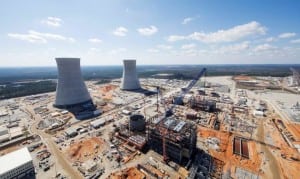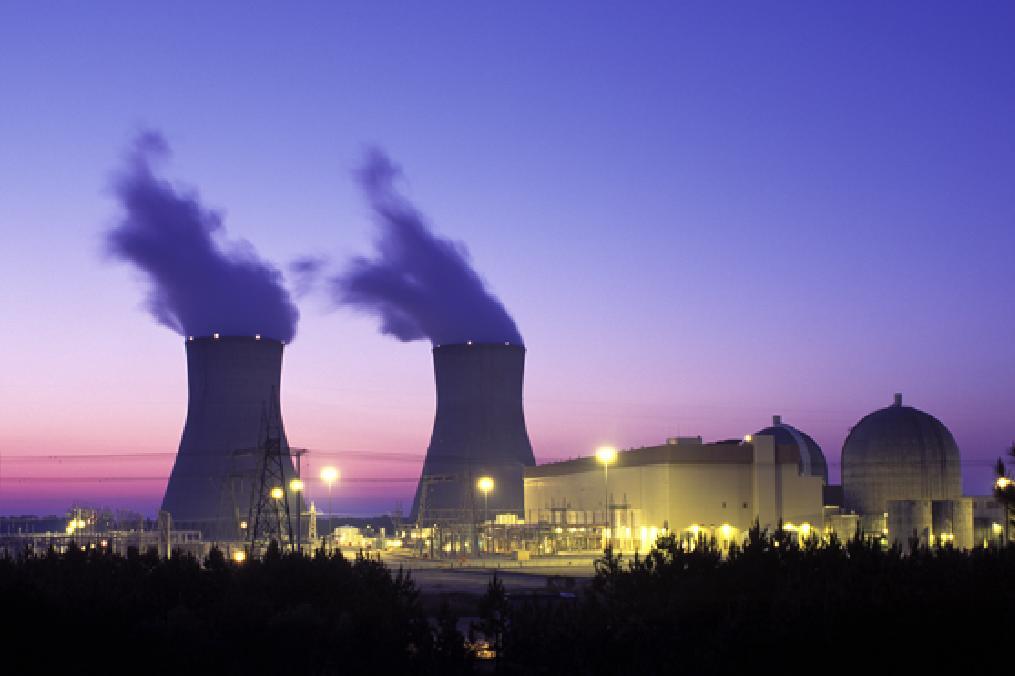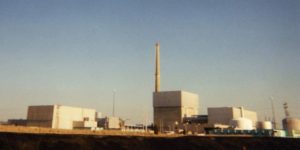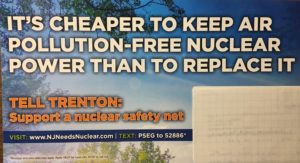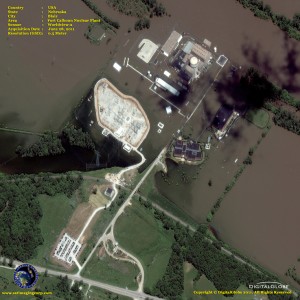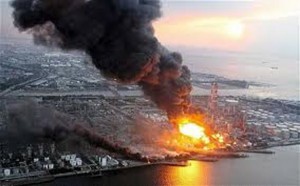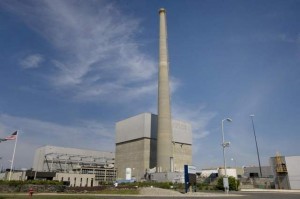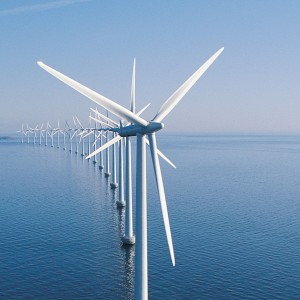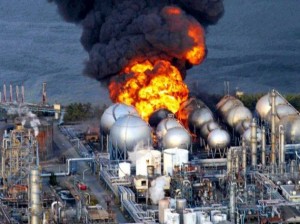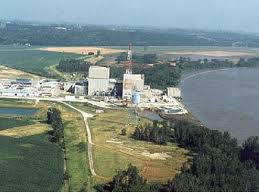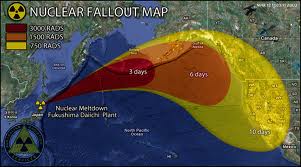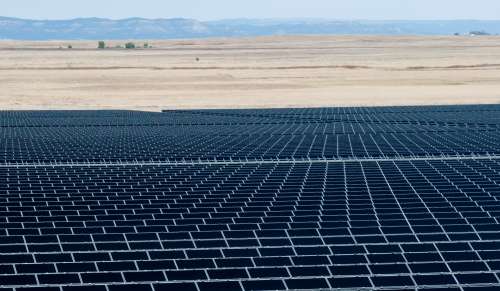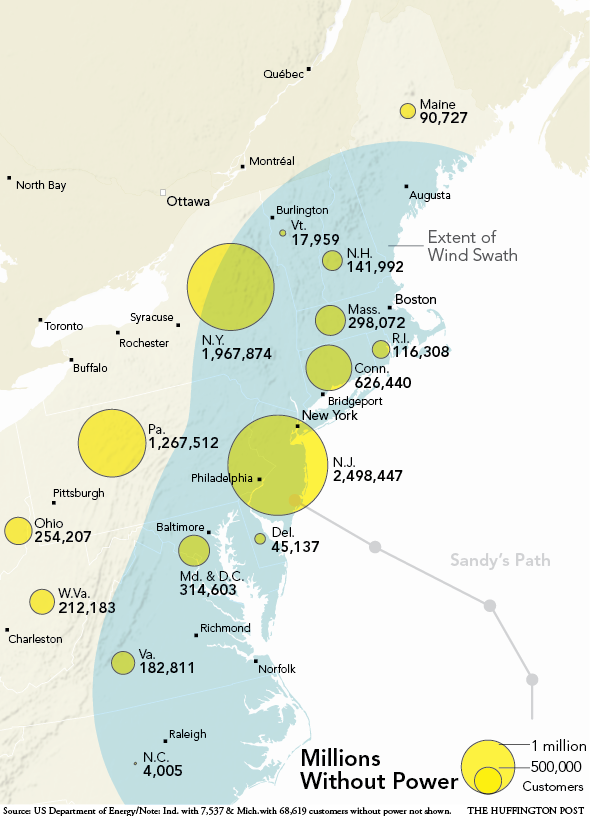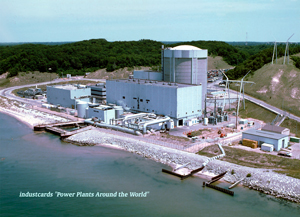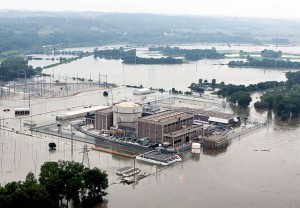
Ft. Calhoun Nuclear Station, within the Missouri
The Fort Calhoun Nuclear Plant, (OPPD / NRC) 19 Miles from Omaha, Nebraska, was shut-down for refueling in April, 2011. Flooded by the Missouri River in June, 2011, the plant remains shut-down. It Will Be Two Years – 2 YEARS – In April!
The Omaha Public Power District, OPPD has raised rates 6.9% to finance a $143 million repair bill. This does not include the costs to the OPPD to purchase electricity that the plant would provide – which is 25% of the power that the OPPD needs on a daily basis.. This also does not include costs to replace teflon coated wiring – which disintegrates on exposure to high levels of radiation – and costs to repair some of the plant’s support structures. This also probably does not include the costs to the district for Excelon to run the plant for the next 20 years, reported on Jan. 28, 2013, by Kevin Cole, of Omaha.com, the Omaha World-Herald, (here),
“For the first year of management work, OPPD will pay Exelon between $20 million and $26.5 million.”
In a telephone interview with me, in August, 2011, David Lochbaum, of the Union of Concerned Scientists, UCS, estimated the total cost of maintaining the plant and purchasing replacement electricity to be $1.0 million per day – roughly $600 million, to date.
By asking Exelon to run the plant, it looks like the OPPD has decided to keep the plant running. Similarly, by requiring the OPPD to do what needs to be done to bring the plant back up, it seems like the NRC has decided that this 50 year old and severely constrained nuclear power plant is worth bringing back on line. Who is asking whether or not this is a good idea? It seems to me that OPPD would be better off asking Warren Buffett, Omaha based head of Berkshire Hathaway how to manage their assets than asking Exelon to spend whatever it takes to “Bring this bad boy back on-line.”
Continue reading →
